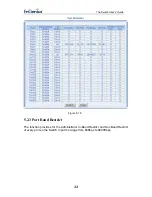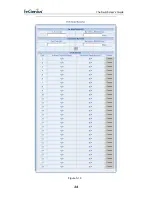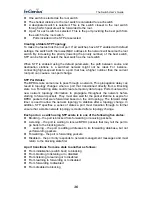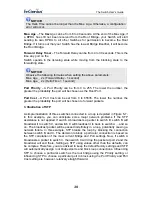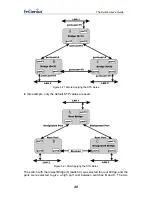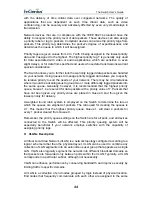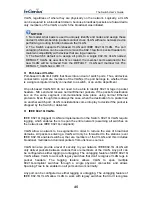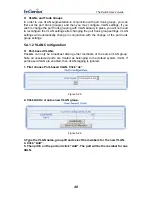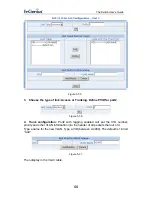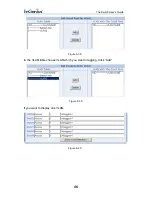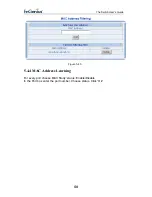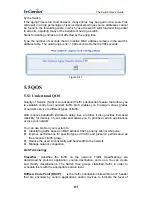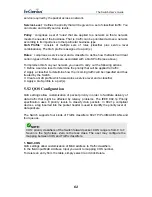
The Switch User’s Guide
Figure 5-27
Port VLAN ID
Packets that are tagged (are carrying the 802.1Q VID information) can be
transmitted from one 802.1Q compliant network device to another with the VLAN
information intact. This allows 802.1Q VLAN to span network devices (and indeed,
the entire network – if all network devices are 802.1Q compliant).
Every physical port on a switch has a PVID. 802.1Q ports are also assigned a PVID,
for use within the switch. If no VLAN are defined on the switch, all ports are then
assigned to a default VLAN with a PVID equal to 1. Untagged packets are assigned
the PVID of the port on which they were received. Forwarding decisions are based
upon this PVID, in so far as VLAN are concerned. Tagged packets are forwarded
according to the VID contained within the tag. Tagged packets are also assigned a
PVID, but the PVID is not used to make packet forwarding decisions, the VID is.
Tag-aware switches must keep a table to relate PVID within the switch to VID on the
network. The switch will compare the VID of a packet to be transmitted to the VID of
the port that is to transmit the packet. If the two VID are different the switch will drop
the packet. Because of the existence of the PVID for untagged packets and the VID
for tagged packets, tag-aware and tag-unaware network devices can coexist on the
same network.
A switch port can have only one PVID, but can have as many VID as the switch has
memory in its VLAN table to store them.
Because some devices on a network may be tag-unaware, a decision must be made
at each port on a tag-aware device before packets are transmitted – should the
packet to be transmitted have a tag or not? If the transmitting port is connected to a
tag-unaware device, the packet should be untagged. If the transmitting port is
connected to a tag-aware device, the packet should be tagged.
Default VLANs
The Switch initially configures one VLAN, VID = 1, called "default." The factory
default setting assigns all ports on the Switch to the "default." As new VLAN are
configured in Port-based mode, their respective member ports are removed from the
"default."
47

